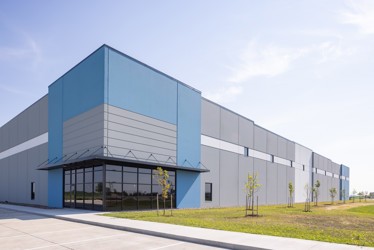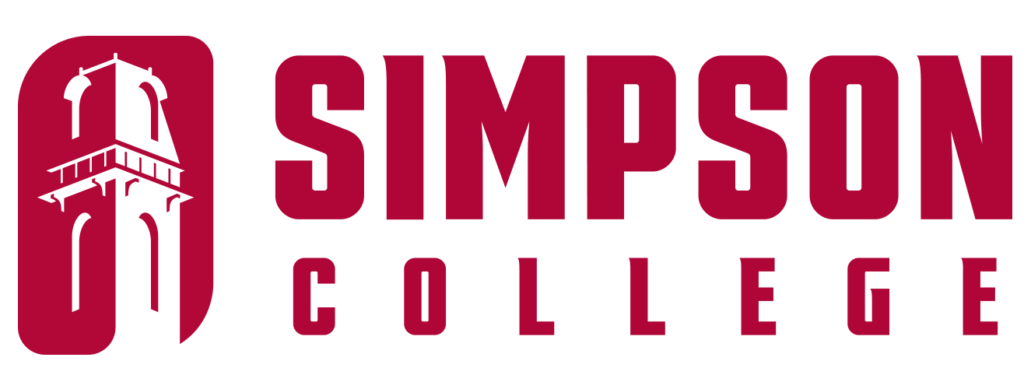Inside the Tomorrow Plan’s achievements and priorities

PERRY BEEMAN Apr 16, 2015 | 3:16 pm
2 min read time
573 wordsAll Latest News, Business Record Insider, Economic DevelopmentGreater Des Moines in 2050 will be a place with diverse affordable housing options close to transit and services, designated water trails on the Raccoon and Des Moines rivers, communities that are more walkable and bicycle-friendly, and a system of greenways.
At least that’s the vision laid out in the latest work on the Tomorrow Plan and the just-released companion piece, Housing Tomorrow.
Dozens of area leaders gathered at the Greater Des Moines Botanical Garden Wednesday afternoon for a meeting that was part pep rally and part prelude to what is expected to be decades of hard and sometimes contentious work for area city councils, the Des Moines Area Metropolitan Planning Organization, the Polk County Housing Trust Fund, the Polk County Board of Supervisors, neighborhood leaders, the Des Moines Area Regional Transit Authority and others.
The MPO organized the briefing, which featured speeches from West Des Moines City Manager Tom Hadden; Eric Burmeister, director of the Polk County Housing Trust Fund; Des Moines Mayor Frank Cownie; real estate attorney Larry James; and Rick Kozin, Polk County health director.
The MPO highlighted key parts of its vision and celebrated accomplishments of the past year in its Tomorrow Plan Today 2015 edition.
What the vision calls for:
— “Complete streets,” which offer narrow but more efficient roadways with room for protected bike paths and bus rapid transit. The idea is that places that cater to people’s needs attract talented workforces, which help bring in businesses, and promote good public health.
— Water trails on the Raccoon and Des Moines rivers that stretch from Van Meter to the confluence of the rivers downtown and from Saylorville Lake to Lake Red Rock. The MPO is working on this in collaboration with the Iowa Department of Natural Resources.
— A greenways inventory and efforts to plug gaps in river and creek greenbelts.
— A greater selection of affordable housing spread throughout the area and located near transit, jobs, and services. which is important for public health.
— Direct residents to home repair programs.
— Model regulations for infill single-family housing.
— Develop watershed management plans for local creeks to improve water quality and ease flooding.
— To see a full list of priorities, click here
Taking stock of successes:
The gathering featured a look back at accomplishments of 2014. The MPO listed these among others:
— Cultivation Corridor launched
— The Des Moines Water Works Park Foundation was formed to implement at new master plan.
— The long-range transportation plan Mobilizing Tomorrow was adopted.
— The Greater Des Moines Partnership and MPO created a regional data hub about the region.
— The Des Moines Public Library completed a strategic plan.
— A study of a possible commuter service between Ames and Des Moines was completed, finding demand for the service and projecting one-way fares of $5 or $6. Discussions on who could provide the service continue.
— A truck/rail transload facility was planned for Des Moines.
— A study of West Des Moines development patterns suggested larger densities in places.
— An MPO study looked at ways to encourage the use of electric vehicles.
— Watershed management authorities were formed in the Fourmile, Walnut, Mud, Camp and Spring creek areas.
— Des Moines Social Club opened in its new downtown location, a former fire station.
— Plans unfolded for an art incubator along Keosauqua Way.










